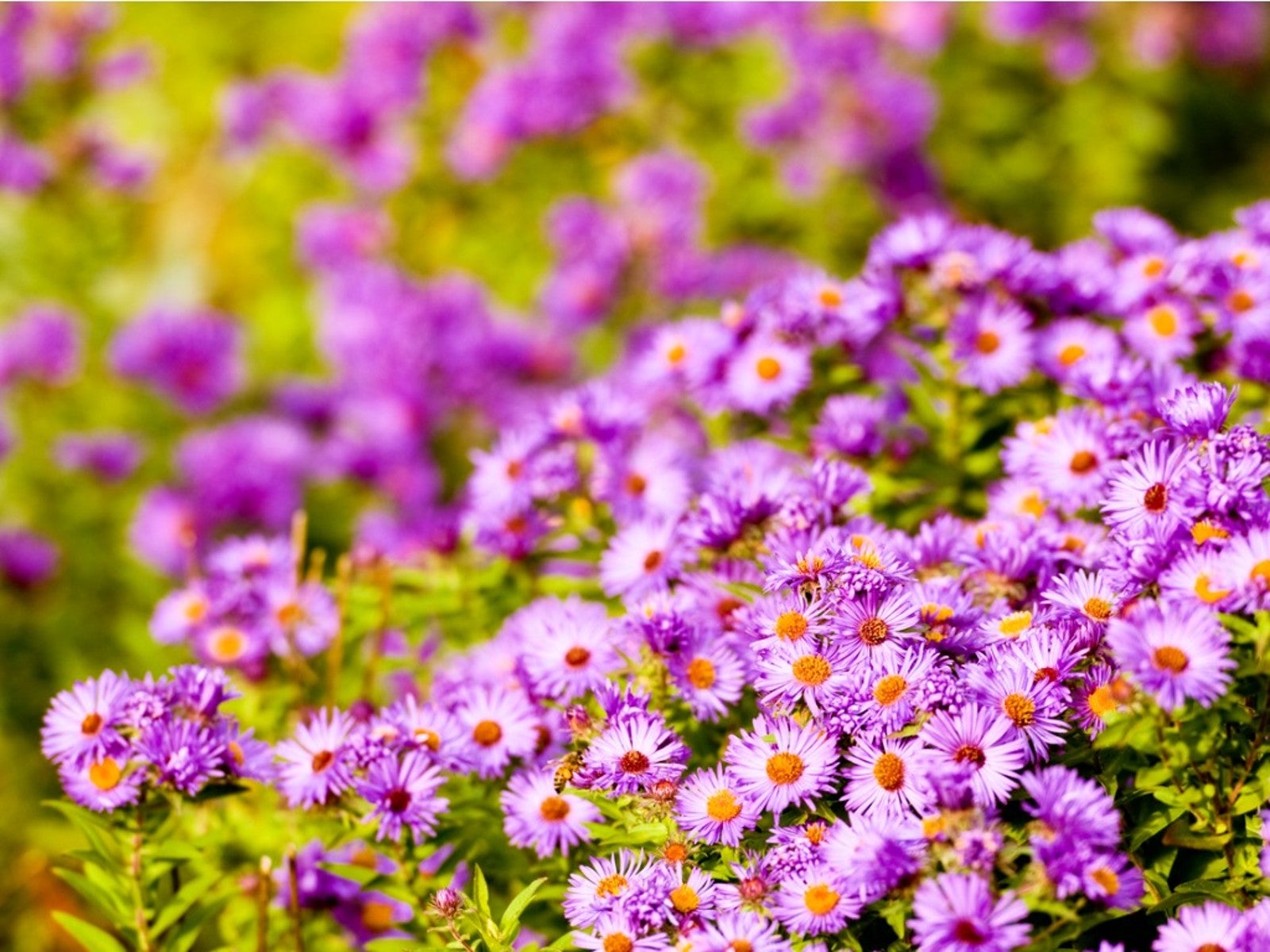Best Perennials For New England And The Mid-Atlantic


Planning a flower garden is one of the gardener's great delights. With careful planning, the landscape has the potential to bring brilliant color almost all year, while attracting pollinators. Selecting perennial flowers for the northeast should take into consideration site, hardiness, care and light levels, and resistance to disease and pests. For instance, the best shade perennials for some New England regions must withstand a possible USDA hardiness zone down to 3. Such cold temperatures require freeze tolerant Northeast perennial flowers with a stoic nature and the year after year consistency we expect from perennial plants.
Perennial flowers give great value due to their annual shows. It is important to maximize our purchases by choosing plants that fit their environment, both in form and hue, but also in temperament. New England perennials must be adaptive to some fairly harsh weather, where deep freezes are common, but summer heat can be oppressive. Fortunately, breeding programs are always coming out with hardier plants that withstand deep freezes and are resistant to disease, deer and other pests.
Choosing New England Perennials
In northeastern North America, the summers are hot and humid, while winter is cold and usually snowy. Temperatures may range from 26 to 85 degrees Fahrenheit (-3.33 to 29.4 C.). In hard winters, temperatures can dip well below zero. Such extremes require hardy plants that can take those wild ranges.
To encourage blooming plants, select flowers that attract a wide variety of pollinators such as bees, moths, and hummingbirds. Bright colors are often the key to bringing in these beneficial organisms, but also bloom period, and the shape of the flowers. Selecting attracting plants in a range of varieties allows for blooms over a long duration of time, feeding these important insects and animals. As they feed, they will transfer pollen, allowing flowers to set seed and fruit and repopulate. Pollinator plants for New England might be:
Deer Resistant Perennials Northeast
Deer are a part of many northeast gardens. The wild animals are majestic and beautiful, but a nuisance to committed gardeners. Their browsing habits can decimate entire plants, and they seem to love young stems and flowers the most. Plants like hosta and yew seem to suffer the most since the animals enjoy the taste, but in lean times, deer will eat almost anything. Plants that are thorny or prickly, such as barberry, seem to repel the pesky ruminants. Try:
Shade Tolerant Perennials for Northeastern Gardens
New England is the site of many forests and treed areas. That means lots of shade, a condition that makes plant selection challenging. Most flowering perennials prefer at least 6 hours of sun, but there are still some that thrive in low light conditions. These plants are also often in consistently moist soil, a circumstance eschewed by many of our most common perennials. Plants that do well in shade are:
Caring for Perennials in New England
Each plant has different water and light needs, so it is important to consult the plant tag when you purchased the item. Cut off spent blooms in flowering plants to potentially encourage a new flush and keep them tidy. If the plant is herbaceous and deciduous, cut it back in early spring to make room for new growth. Many perennial plants benefit from division every few years. Due to the cold temperatures, mulching with organic matter such as bark, leaf litter, or grass clippings in fall can help keep roots warm and protected. Do not pile mulch over the crown of the perennial as it can keep in moisture and cause rot.
Sign up for the Gardening Know How newsletter today and receive a free copy of our e-book "How to Grow Delicious Tomatoes".

Bonnie Grant is a professional landscaper with a Certification in Urban Gardening. She has been gardening and writing for 15 years. A former professional chef, she has a passion for edible landscaping.